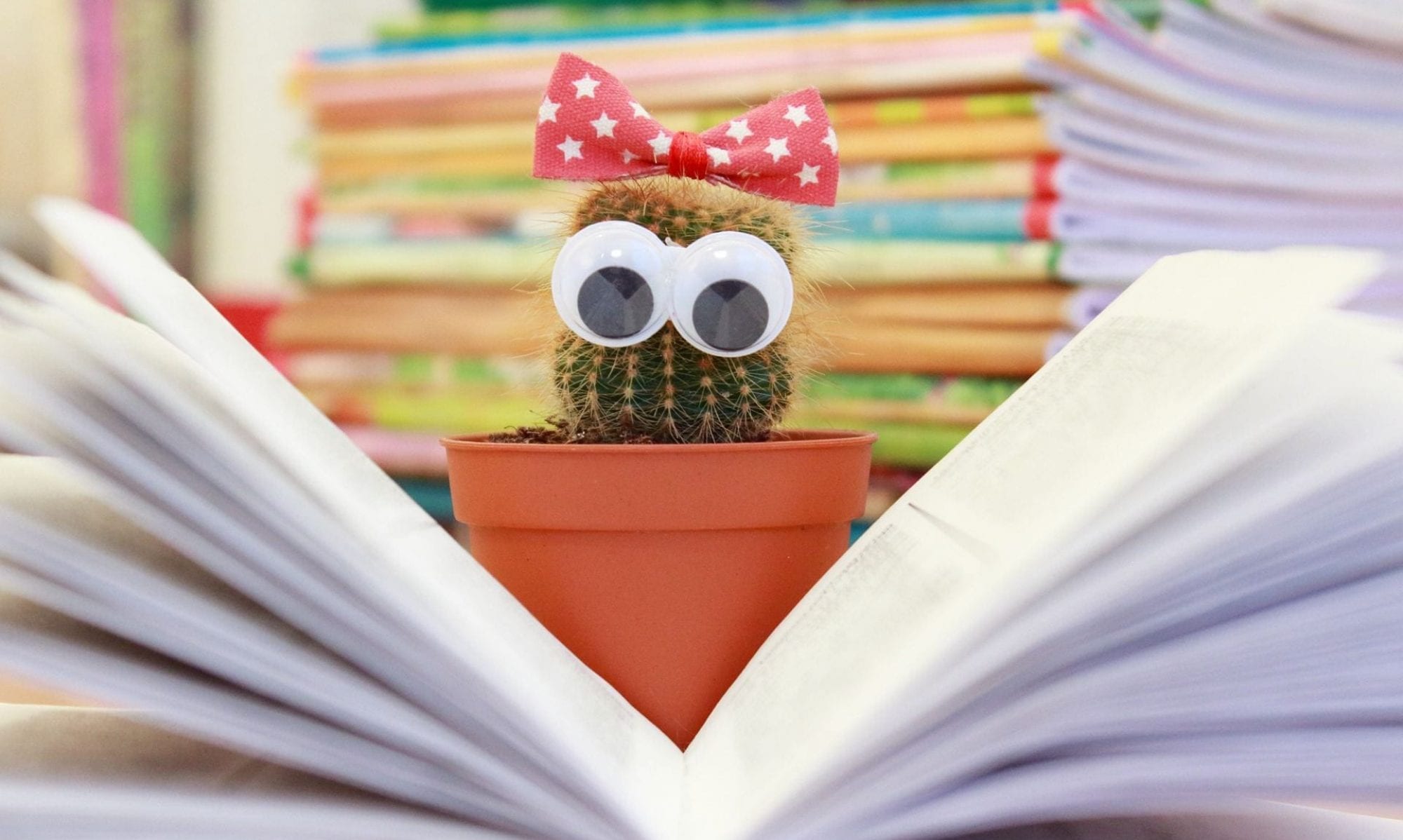Introduction
Through INF533 my understandings of education in digital environments has continued to expand. Initially I was hoping to develop my understanding of using digital narratives in the classroom. I was thinking mainly from a literacy and reading perspective. Now I understand digital narratives to encompass presentation of information (flipped learning), and for student work creation and student engagement.
Digital Literature
The ideas discussed in Module 1 regarding what constitutes digital literature expanded on my prior knowledge somewhat. I have begun to explore beyond eBooks, towards interactive narratives. I have also been considering the narrative element of a variety of computer and role-playing games. They can hook in students who may be negative towards narratives, and provide the basis for their own as they explore the game. I can apply Walsh’s and Yokota and Teale’s criteria for literature evaluation to future collection development in my next library and to text selection for curriculum reading tasks. This would involve using a checklist of criteria and comparing potential texts against it. In addition, the text would need to be checked against curriculum and topic requirements. I strongly believe that using texts that relate well to task context and which students can connect to is integral to student engagement.
Digital Skills
I really connected with the ideas in Module 2 regarding effective use of digital tools and positioning students to be successful with digital learning. Leu, Forzani, Timbrell and Maykel and Serafini and Youngs highlighted an additional skill set for students to efficiently work and read in digital formats. Additionally, Walker, Jameson and Ryan noted the necessity for information seeking and information transfer skills. These authors are connected to 21st century and digital literacy skills. In collaboration with classroom teachers, I would like to be embedding digital literacy using a variety of digital narratives – to explore and to create.
Creation of Digital Narratives
Through Module 4 the ways in which digital texts can be created by students to share their knowledge and understanding was explored. My reflection explores the various readings. There is a lot of potential for using student created digital narratives in classes. I think it is necessary to balance digital work and analogue learning (face to face discussions and using pen and paper). Students need to see the value in what they create and using digital narratives consistently in all classes could become monotonous. I would like to begin using digital narrative creation in my classes. For example, in History students could create a day in a life story (written, visual or audio) to show understanding of different times and cultures. In English, students could turn a traditional narrative into a picture story or a video. Digital narratives provide opportunities to embed narrative structure in all learning areas, and provides a platform for students to express voice, choice and empathy. Student digital narratives create pride in their own work, and experience in creating something for a purpose.
Technology Integration
Module 5 focused on the integration of digital media texts into student learning, through merging creativity, narrative and technology, and empowering diverse learners. The TPACK and SAMR models are highlighted to support teachers in ensuring a balance and reason for technology use in the classroom. The concept of merging creativity, narrative and technology (Hall, 2012) connects with Technology and Content Knowledge, and providing multiple ways (choice) in which students can present their understandings. Within 21st century education I think it is more important than ever to ensure that technology is value adding to student learning and not just used because it is available. When used, the models mentioned ensure the educator is considering how the technology is impacting student learning. I will endeavour to focus on the value added in my classes by following the TPACK model. I prefer this model as it highlights how technology connects with pedagogy and content.
Conclusion
I enjoyed the opportunities to explore different styles of digital narratives. I have warmed to some more than others, based on how busy the text was to engage with. I have expanded my understanding and views on using digital narratives in education. I am more open to different types of digital literature and how they can be used for literacy development or expression of knowledge. I am looking forward to the opportunity to apply this understanding in a library or classroom in the future. I think the possibilities for use of digital narratives either for reading or creating are limited only by creativity.
References
AnneWithAnE. (2013, August 9). AnneWithAnE. Retrieved from https://www.youtube.com/user/greengablesfables/videos
BradField Company. (2019) Inanimate Alice. Retrieved from https://inanimatealice.com/
Hall, T. (2012). Digital renaissance: The creative potential of narrative technology in education. Creative Education, 3(1), 96-100. Retrieved from http://dx.doi.org/10.4236/ce.2012.31016
Kingsley, K. (2007). Empower diver learners with education technology and digital media. Intervention in School and Clinic, 43(1), 52-56. doi: 10.1177/10534512070430010701
Koehler, J. (2019). The TPACK Framework. Retrieved from www.tpack.org
Leu, D., Forzani, E., Timbrell, N., & Maykel, C. (2015). Seeing the forest, not the trees. The Reading Teacher, 69(2), 139-145. doi: 10.1002/trtr.1406
Schrock, K. (2018). SAMR and Bloom’s. Retrieved from https://www.schrockguide.net/samr.html
Serafini, F. & Youngs, S. (2013). Reading workshop 2.0: Children’s literature in the digital age. The Reading Teacher, 66(5), 401-404. doi: 10.102/TRTR.1141
Walker, S., Jameson, J., & Ryan, M. (2010). Skills and strategies for e-learning in a participatory culture. In R. Sharpe, H. Beetham, & S. Freitas (Eds.), Rethinking learning for a digital age: How learners are shaping their own experiences (pp.212-224). New York, NY: Routledge. Retrieved from ProQuest Ebook Central.
Walsh, M. (2013). Literature in a digital environment. In L. McDonald (Ed.), A literature companion for teachers (pp. 181-194). Marrickville, NSW: Primary English Teaching Association Australia (PETAA). Retrieved from https://doms.csu.edu.au/csu/file/863c5c8d-9f3f-439f-a7e3-2c2c67ddbfa8/1/ALiteratureCompanionforTeachers.pdf
Yokota, J. & Teale, WH. (2014). Picture books and the digital world. The Reading Teacher, 67(8), 577-585. doi: 10.1002.trtr1262

